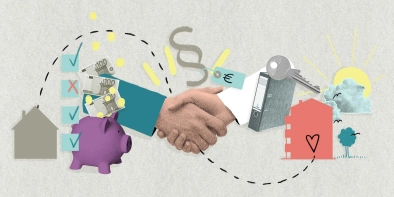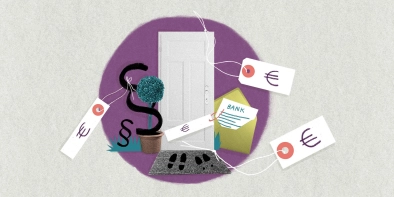Willkommen zurück!
Abmelden »
Ihr/e AnsprechpartnerIn stellt für Sie gerne ein persönliches Exposé mit Grundrissen, Preisliste und weiteren Informationen zusammen.
Neubauprojekte und Eigentumswohnungen in München
Heimkommen und einfach wohlfühlen: Sie suchen eine Eigentumswohnung in guter Lage? Eine, die durch Qualität und nachhaltigen Komfort überzeugt? Am besten im Neubau? Vertrauen Sie auf über 55 Jahre Erfolgsgeschichte im Münchner Wohnungsbau und finden Sie hier Ihr neues Zuhause mitten im Grünen.
Aktuell entstehen folgende Neubauprojekte. Ist Ihre Wohnung schon dabei?
Fühlen Sie sich wohl – von Beginn an
Terrafinanz Wohnbau ist eine familiengeführte Firmengruppe, die sich ganz auf den Münchner Wohnungsbau spezialisiert hat. Die Firma wurde 1961 gegründet und prägt das Münchner Stadtbild seitdem maßgeblich mit.
Fühlen Sie die Erfahrung, das besondere Qualitätsbewusstsein und die Leidenschaft der Wohnbau-Experten vom ersten Gespräch an. Und Sie werden sehen – hier baut man nicht nur Wohnraum, sondern hier entsteht Ihr neues Zuhause!
Genießen Sie den Park in Ihrer Nähe
Sie sollen sich in Ihrem Zuhause dauerhaft wohlfühlen, deshalb legen wir schon bei der Planung viel Wert auf Lage, Infrastruktur und langfristige Entwicklungsmöglichkeiten Ihres Quartiers. Außerdem soll Ihre Wohnung einen grünen Mittelpunkt finden. Parkanlagen, die Isar oder einen Badesee finden Sie deshalb immer in direkter Nachbarschaft unserer Neubauprojekte.
Entspannen Sie in komfortabler Markenqualität
Ihr sonniges Zuhause wird mit Liebe zum Detail ausgestattet. Zum Beispiel verleihen Ihrer neuen Eigentumswohnung ein Parkett von Bauwerk, Villeroy & Boch Fliesen, Laufen Sanitär, hansgrohe Armaturen oder gleichwertige Markenprodukte ein stilvolles Ambiente.












